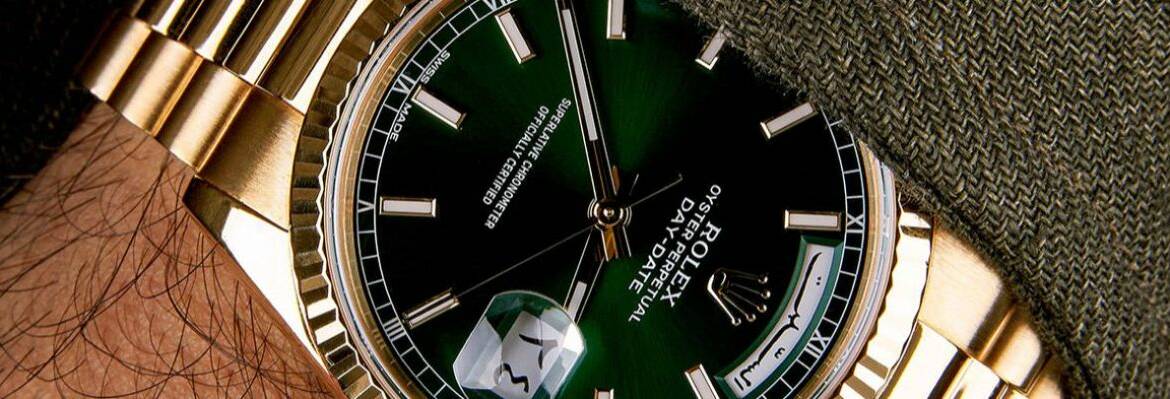Is Your Watch Really Waterproof?
If you own a watch, chances are good that it’s advertised as being “waterproof.” But what does that term really mean? And how can you tell if your watch is truly waterproof? Here’s a quick primer on everything you need to know about waterproof watches.
What Does “Waterproof” Mean?
In order to be considered waterproof, a watch must be able to withstand being submerged in water at a depth of at least 100 metres. That’s the minimum standard set by the International Organization for Standardization (ISO), which is the world’s leading authority on watchmaking standards. Anything less than that, and the watch cannot technically be classified as “waterproof.”
However, it’s important to note that just because a watch is waterproof doesn’t mean it can withstand being thrown into a pool or ocean and being used as an impromptu diving instrument. Waterproof watches are designed to resist water damage under specific circumstances, such as when swimming or taking a shower. If you subject your watch to more extreme conditions—like scuba diving or whitewater rafting—then it’s likely that your watch will sustain damage, regardless of its advertised water resistance.
How Can You Tell If Your Watch is Waterproof?
If you’re not sure whether your watch is really waterproof, there are a few ways to test it. First, check the maker’s instructions to see if there are any specific conditions under which your watch should not be worn (such as in extremely cold weather). Then, take a look at the gaskets—the rubber seals that keep water out—to see if they look worn or damaged in any way. If they do, then it’s time to get your watch serviced by a professional.
Finally, the best way to test your watch’s waterproofness is to simply submerge it in water and see what happens. You can do this by filling up a sink or bowl with water and then dropping your watch in. Make sure to keep an eye on the time so you can see how long your watch continues running while submerged. Most high-quality waterproof watches will run for at least 30 minutes without sustaining any damage.
Popular Waterproof Watches
- Seiko Prospex Diver Automatic Watch – This wristwatch is perfect for swimming and diving, with a 200-metre water resistance and luminous hands that are easily readable underwater. It also features an automatic movement that doesn’t require a battery, making it a reliable choice that will last you for years to come.
- Citizen Eco-Drive Diver Watch – Another great option for those who love being in the water, this watch is powered by light and has a water resistance of up to 200 metres. It’s also scratch-resistant and comes with a five-year warranty, making it a wise investment.
- Omega Seamaster Planet Ocean Chronograph – This luxurious watch is not only waterproof up to 600 metres, but it’s also stylish and sophisticated with its co-axial chronograph movement and date window display. It’s the perfect addition to any man’s wardrobe who wants a high-end watch that can withstand any adventure.
- TAG Heuer Aquaracer Calibre 16 Chronograph – With its 500-metre water resistance and unidirectional turning bezel, this watch is perfect for both athletes and those who love the outdoors. It’s also stylish and comes in a variety of colours and strap options to suit your personal taste.
- Breitling Superocean Héritage II Chronograph 44 – Last but not least, this beautiful watch has a water resistance of 200 metres and comes with an automatic self-winding movement. It also has an impressive power reserve of 70 hours, so you don’t have to worry about it running out of juice when you need it most.
To Conclude
Waterproof watches are designed to resist water damage under specific circumstances, such as when swimming or taking a shower. If you subject your watch to more extreme conditions—like scuba diving or whitewater rafting—then it’s likely that your watch will sustain damage, regardless of its advertised water resistance. To make sure your watch is really waterproof, check the maker’s instructions for any specific conditions under which it shouldn’t be worn, take a look at the gaskets for signs of wear or damage, and submerge it in water to see how long it keeps running.

